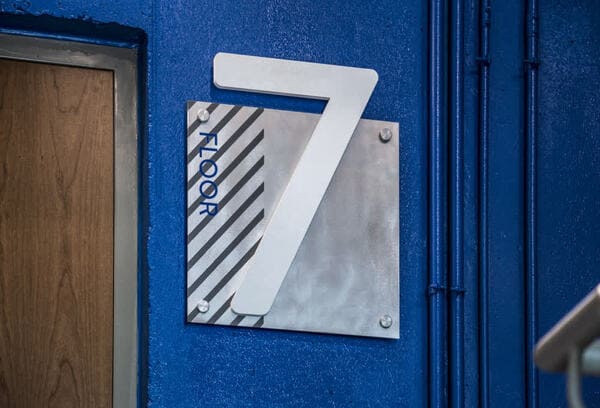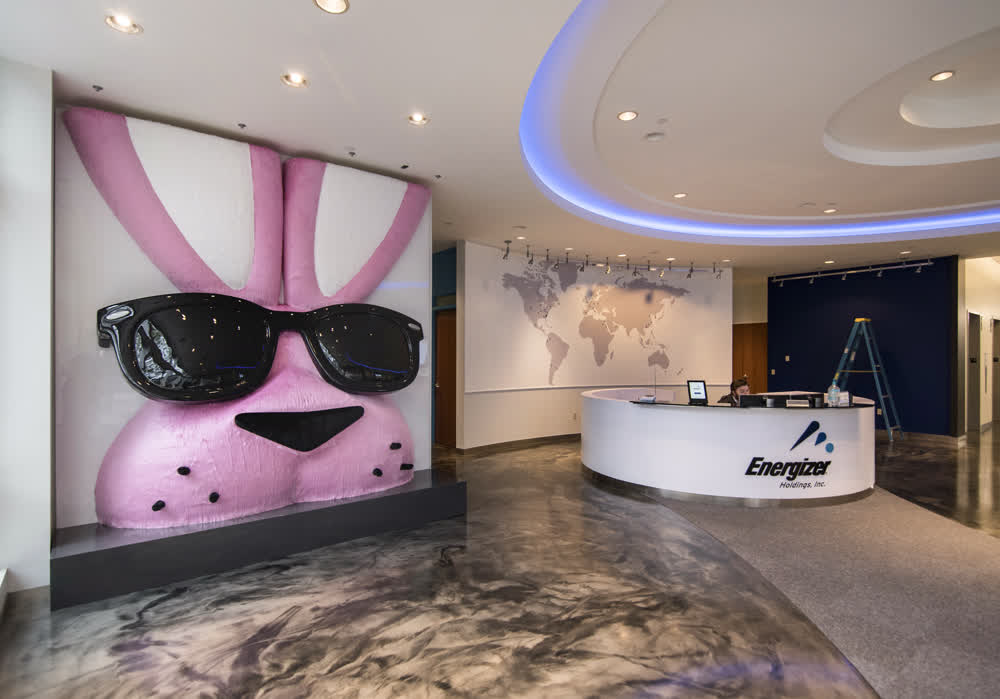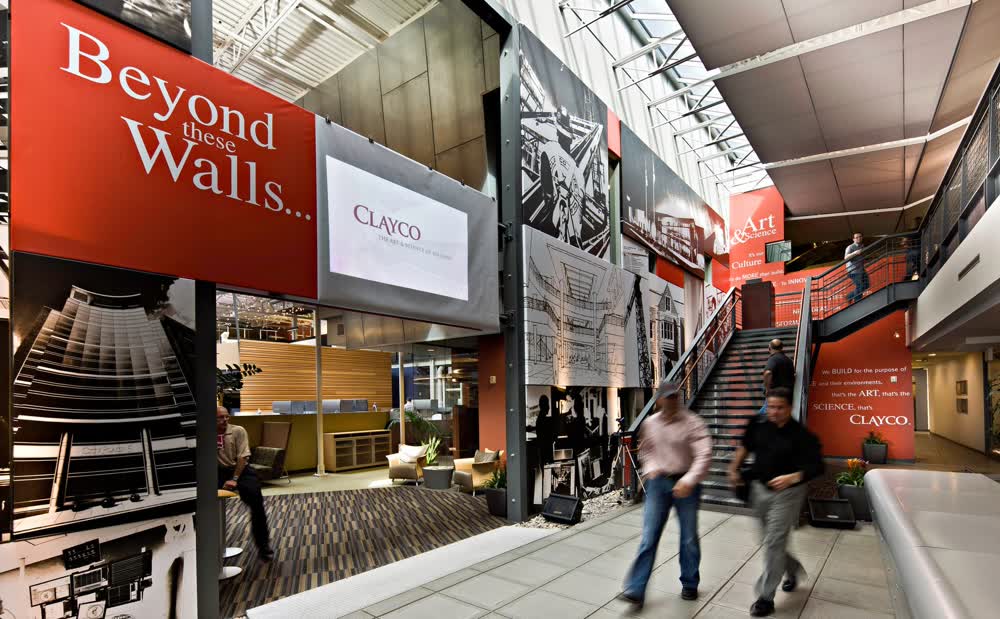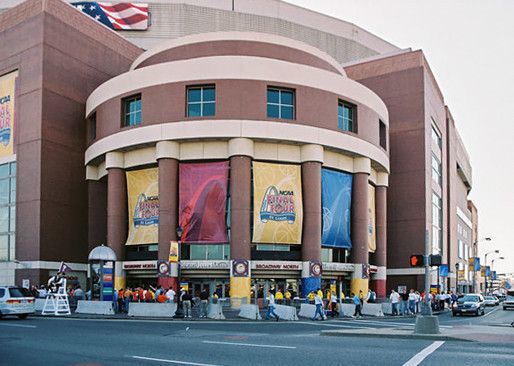3 Things Your Business Should Know About Architectural Signage
Quality signage is a vital marketing, as well as organizational, element for any business. Signs are important for many reasons, from physically...


Investing in new architectural signage for your business is a great first step. Next, you will need to know how to hang it. There are many mounting options, but the best choice for your company will depend on the type of sign, the location, the wall material, and the permanence of the placement. Your mounting method will vary whether you want to suspend your signs from the ceiling or mount them on wooden, plaster, brick, or concrete walls.
Edge grips or clips can be clipped onto the edges of a sign and then mounted onto a surface. This mounting solution does not require drilling any holes into your sign. The sign or panel can be gripped from all sides by clips or grips made from brass, aluminum, or stainless steel. Most smaller signs, including those made from acrylic, wood, glass, or metal, may be easily supported this way. This mounting method looks sharp and allows for easy changeouts to new signage, but it is not recommended for large or very heavy signs.
Adhesives are a quick and foolproof method of mounting interior signage on almost any hard surface, such as walls and doors. However, once your sign is mounted, it may be challenging to make changes. Adhesives include contact cement, construction glue, double-sided foam tape, and mounting films.
Some adhesives made explicitly for mounting signs are surprisingly strong, stronger than even welding. A thin, double-sided foam tape or other mounting adhesive is invisible and can give a clean, invisible installation. The downside to an industrial strength adhesive is that once your sign is attached to the wall, it may not be removable without affecting the wall surface. When it’s up, it’s up for good. If sign removal does become necessary, know that both the sign and mounting surface may be damaged.
Another more permanent solution to mounting architectural signs is screws. This method will work for most hard walls and surfaces. Many interior signs that you have made, including enclosed plastic framed and metal framed signs, will come with the option for including screw holes for installation.
If you need to move signs around or switch them out, screw mounting is not the best option. However, it can be a great choice for more permanent interior signs. The type of screw you want to use depends on the material you are drilling into. Be sure to select wood screws for wood doors and to include anchors when mounting on sheetrock.
Velcro works best for signs that need to be changed out regularly. As you may recall from your school day shoes, Velcro consists of a two-part system, hooks, and loops. One part is attached to the back of the architectural sign, and the other to the mounting surface.
Velcro will work on most walls and surfaces and can be removed fairly easily. A chemical adhesive remover can be used on the adhesive left over when Velcro strips are removed. While there are certainly stronger options, industrial-strength Velcro can hold fairly large and heavy signage.
As you may deduce from the name, stand offs allow your signs to stand off from the wall. These are a more decorative screw mount option. This involves a piece of hardware attached to the sign, made up of a cap, barrel, and wall screw. When mounted, the signs give off an eye-catching 3D effect.
The installation of stand off signs can be a little trickier than other methods. If you tighten the hardware too much, you may cause cracks or breakage. Proper, careful measuring, leveling, drilling, and screwing are all necessary.
French cleats create strong, simple, and invisible mounting and are a great option for heavier signs. Having been around since French shipbuilders started using them to hang items on ship walls in the 1800s, you can put your trust in the tradition.
This mounting system was originally made of wood wedges that would interlock to hold an object in place while allowing for easy removal. In this case, the object, or sign, will be held by its weight. One French cleat is mounted onto the wall or surface, and the other onto the sign. Be sure to use the correct fasteners for the weight and size of the sign you are mounting.
Channel lettering or other non-illuminated letter signs made from acrylic, wood, plastic, or metal are often installed using a pin mounting system. Pin mounting is just as it sounds: each individual letter or sign is mounted onto a surface using multiple vertical pins. Pin mountain also is ideal for attaching signs onto fabric.
Before deciding which mounting system will work best for your business and architectural signs, remember to plan, measure, and ask many questions. For example, how permanent does the mounting need to be? Will you want to change out signs at any time? What are your signs made of? How heavy are they? What is the mounting surface you are working with? Luckily there are a lot of different options available.

Quality signage is a vital marketing, as well as organizational, element for any business. Signs are important for many reasons, from physically...

What is architectural signage? Architectural signage refers to any sign that is added to the building's design. The term sounds vague but is often...

There’s no denying that first impressions count. With businesses, stores, and other organizations, most first impressions are made with signs. If...